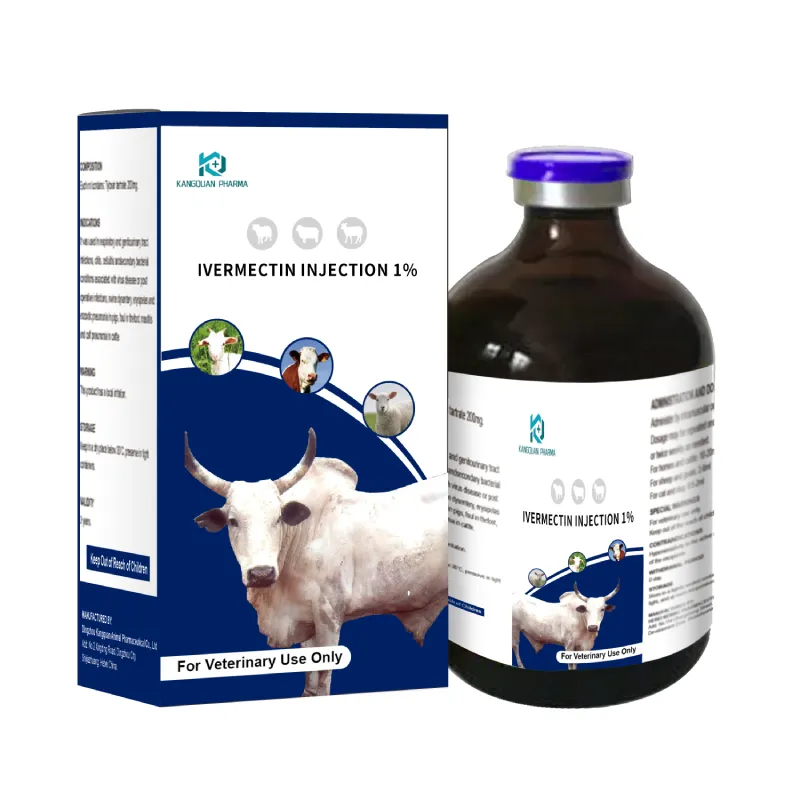- Afrikaans
- Albanian
- Amharic
- Arabic
- Armenian
- Azerbaijani
- Basque
- Belarusian
- Bengali
- Bosnian
- Bulgarian
- Catalan
- Cebuano
- Corsican
- Croatian
- Czech
- Danish
- Dutch
- English
- Esperanto
- Estonian
- Finnish
- French
- Frisian
- Galician
- Georgian
- German
- Greek
- Gujarati
- Haitian Creole
- hausa
- hawaiian
- Hebrew
- Hindi
- Miao
- Hungarian
- Icelandic
- igbo
- Indonesian
- irish
- Italian
- Japanese
- Javanese
- Kannada
- kazakh
- Khmer
- Rwandese
- Korean
- Kurdish
- Kyrgyz
- Lao
- Latin
- Latvian
- Lithuanian
- Luxembourgish
- Macedonian
- Malgashi
- Malay
- Malayalam
- Maltese
- Maori
- Marathi
- Mongolian
- Myanmar
- Nepali
- Norwegian
- Norwegian
- Occitan
- Pashto
- Persian
- Polish
- Portuguese
- Punjabi
- Romanian
- Russian
- Samoan
- Scottish Gaelic
- Serbian
- Sesotho
- Shona
- Sindhi
- Sinhala
- Slovak
- Slovenian
- Somali
- Spanish
- Sundanese
- Swahili
- Swedish
- Tagalog
- Tajik
- Tamil
- Tatar
- Telugu
- Thai
- Turkish
- Turkmen
- Ukrainian
- Urdu
- Uighur
- Uzbek
- Vietnamese
- Welsh
- Bantu
- Yiddish
- Yoruba
- Zulu
11 月 . 04, 2024 16:16 Back to list
Amoxicillin Injection for Livestock Health and Management in Cattle Farming
Amoxicillin Injection for Cattle An Overview
Amoxicillin is a broad-spectrum antibiotic that belongs to the penicillin group of drugs, widely used in veterinary medicine, especially for treating infections in cattle. Cattle, particularly during periods of high stress such as weaning or transport, are prone to bacterial infections that can hamper growth and productivity. Understanding the use of amoxicillin injections in cattle can help farmers maximize the health and productivity of their herds.
Mechanism of Action
Amoxicillin works by inhibiting the synthesis of bacterial cell walls, thereby leading to the death of bacteria. This action is particularly effective against a variety of gram-positive and some gram-negative bacteria. When introduced into the bloodstream via injection, amoxicillin achieves therapeutic concentrations quickly, allowing for rapid treatment of infections before they escalate into more serious health issues.
Indications for Use
Veterinarians prescribe amoxicillin injections for various infections in cattle, including respiratory infections, mastitis, and gastrointestinal infections. The key indications include
1. Respiratory Infections Cattle, especially young calves, are susceptible to respiratory diseases caused by pathogens like Mannheimia haemolytica and Pasteurella multocida. Amoxicillin can effectively treat these infections, helping to reduce mortality rates and improve recovery times.
2. Mastitis This infection affects the udder and is a significant concern for dairy farmers. Amoxicillin is effective in treating clinical mastitis, thereby enhancing milk production and quality.
3. Gastrointestinal Infections Conditions such as enteritis can occur due to bacterial overgrowth or infection, leading to diarrhea and dehydration in cattle. Amoxicillin can help control the bacterial load in affected animals.
amoxicillin injection for cattle

Dosage and Administration
The dosage of amoxicillin for cattle is typically determined by the veterinarian based on the type and severity of the infection, the age and weight of the animal, and the specific formulation of the drug. Generally, dosages may range from 5 to 10 mg per kg of body weight, administered every 24 hours, but this can vary. It is crucial for livestock owners to follow the veterinarian's guidance to avoid underdosing or overdosing, which can lead to treatment failures or adverse effects.
Amoxicillin is administered via subcutaneous injection, which is relatively easy to perform. Farmers are encouraged to maintain a clean environment during the injection process to prevent introducing additional pathogens into the animal's system.
Withdrawal Period and Safety
One of the critical aspects of using any antibiotic in food-producing animals is understanding the withdrawal period. The withdrawal period is the time required after administering an antibiotic before the animal can be slaughtered for meat or before the milk can be sold. For amoxicillin, this period is usually around 60 hours for milk and several days for meat, depending on the regulations set forth by health authorities. It is vital for farmers to adhere to these withdrawal times to ensure that antibiotic residues do not enter the food supply, which could pose health risks to consumers and lead to regulatory penalties.
Resistance Concerns
The overuse and misuse of antibiotics can result in antibiotic resistance, a growing concern in both human and veterinary medicine. Farmers are encouraged to use amoxicillin judiciously, only under veterinary guidance, and to implement alternative management practices to reduce the incidence of infections. Good husbandry practices, such as proper nutrition, stress management, and biosecurity measures, can minimize the need for antibiotic treatments.
Conclusion
Amoxicillin injections for cattle represent a vital tool in managing bacterial infections and promoting animal health and productivity. However, responsible use is essential to ensure the long-term effectiveness of this antibiotic and to minimize the risk of resistance. By understanding the indications, proper administration, and the importance of withdrawal periods, farmers can make informed decisions that not only benefit their livestock but also safeguard public health. As research continues to evolve, the veterinary community remains committed to developing strategies that optimize the use of antibiotics while ensuring the welfare of livestock and the safety of food products.
-
The Power of Radix Isatidis Extract for Your Health and Wellness
NewsOct.29,2024
-
Neomycin Sulfate Soluble Powder: A Versatile Solution for Pet Health
NewsOct.29,2024
-
Lincomycin Hydrochloride Soluble Powder – The Essential Solution
NewsOct.29,2024
-
Garamycin Gentamicin Sulfate for Effective Infection Control
NewsOct.29,2024
-
Doxycycline Hyclate Soluble Powder: Your Antibiotic Needs
NewsOct.29,2024
-
Tilmicosin Premix: The Ultimate Solution for Poultry Health
NewsOct.29,2024













